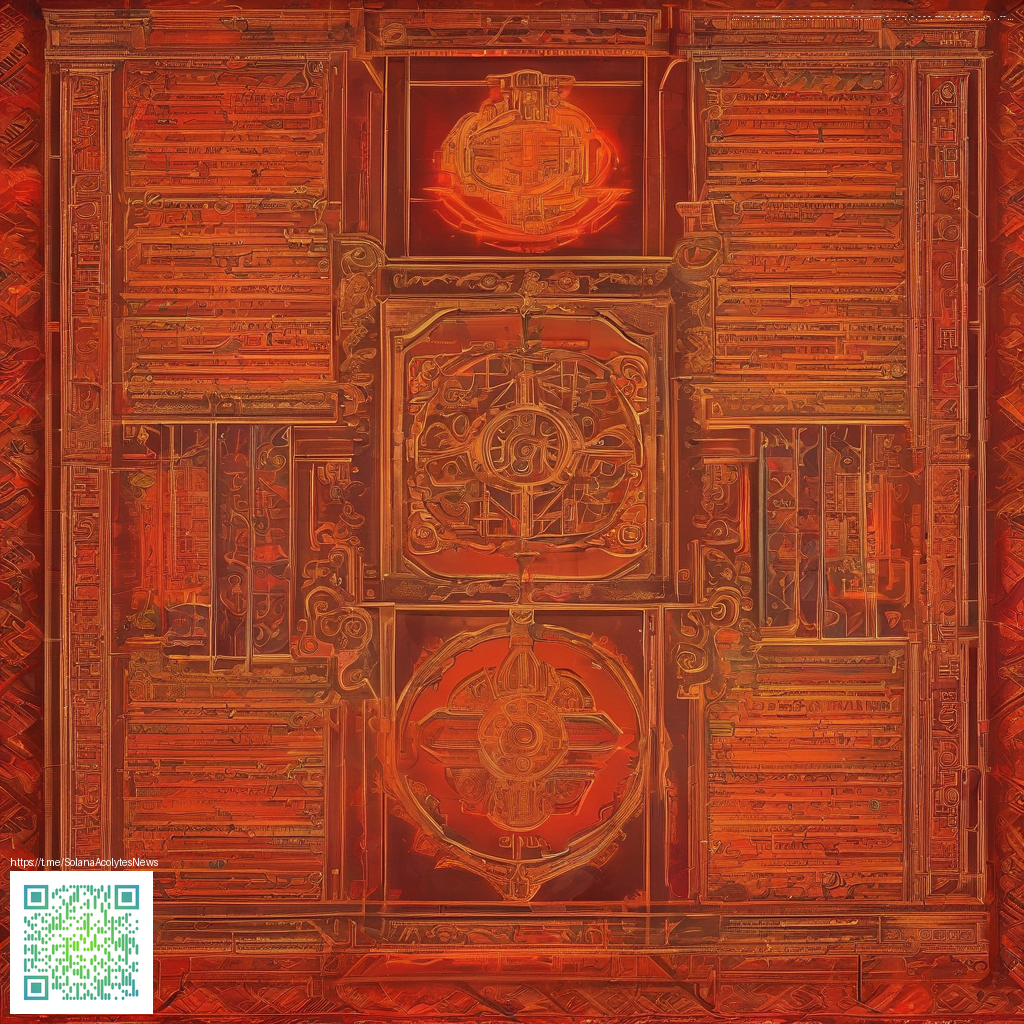
Visuals Evolution in Fallout 4 Across Updates
The moment of reveal kicked off a conversation about how a vast wasteland could feel both iconic and believable. Early screens emphasized bold silhouettes, compact textures, and a lighting style that balanced art direction with gameplay readability. Over time a steady stream of patches and community driven tweaks refined the mood, making the world feel more alive while keeping the distinctive Fallout character intact. This article digs into how those visuals have evolved from the first spark to modern playthroughs on PC and console alike 💠
A look back at the early visuals
In the initial showcase the game presented a crisp but angular look with strong color grading and characteristic weather effects. Distances often blurred into soft horizons, while lighting conveyed threat or solace with equal clarity. Character models received updates through patches that gradually softened jagged edges and added subtle ambient occlusion. The overall impression was a bold fusion of post apocalypse grit and cinematic clarity that invited players to explore every ruined street and cratered alleyway.
Engine realities and patch driven changes
Fallout 4 relies on a Creation Engine based framework, which means significant visual shifts ride along with engine friendly updates. In recent patches a notable feature has been the expansion of display settings. Players can tune graphic fidelity against performance to suit their hardware, a shift that directly influences texture pop in, shadow depth, and distant object detail. While the core world remains faithful to the design direction, these options allow a smoother ride on older machines and a crisper look for powerful rigs.
Patch notes from major outlets highlight a Creations Menu update that targets NPC visuals as well as stability. The fix set reduces stuttering and hitching caused by Creations that edit NPC visuals, which in practice translates into less wobble during crowded settlements and better live action scenes in dynamic environments. For many players this was a quiet turning point that let mods and official content coexist with a much smoother baseline experience. At the same time the improved performance complements texture streaming and lighting refinements, helping distant vistas feel more coherent rather than washed out as you sprint toward the horizon.
On consoles the journey is equally meaningful. A patch pile driven by community feedback enabled refined cinematic lighting, better shadow filtering, and improved water reflection across day and night cycles. Even if the underlying engine remains constant, these small changes accumulate into a perception shift that makes mid range hardware feel modern without losing the game’s signature identity. The net result is a Fallout that reads as visually consistent across transitions between settlements, vaults, and open highways.
Modding culture and community experiments
The visuals artery of this game is the community. Modders have long embraced a wide range of tools to push fidelity beyond stock options. ENB presets and reshade style improvements have experimented with tonality, color curves, and bloom intensity. Texture packs shed the last vestiges of lookalike repeats that early installations sometimes carried. Lighting mod packs introduce volumetric fog and subtle Ray traced lighting cues that heighten immersion during night patrols or shadowy interiors. Even small texture overhauls for rock, metal, or bone add a layer of tactile realism that makes a ruined city tangible. The culture here thrives on trial and iteration, with creators sharing presets and screenshots that invite others to compare before and afters and discover new best practices for performance and beauty. 🌑
Developer commentary and future vibes
From the developers perspective the priority has long been a balanced experience that respects hardware diversity while preserving the art direction. The team repeatedly notes that performance options matter as much as shader accuracy, and recent updates reflect that philosophy. When a game ages into its stable life cycle the chance to refine the look without reshaping core design becomes a delicate art, one that benefits from player feedback and robust testing across systems. The result is not just sharper textures or brighter lighting, but a more cohesive world where players perceive continuity as the seasons roll by, even as new content enters the scene. For fans who keep an eye on patch notes and developer diaries this evolution feels earned rather than imposed, a sign that the game continues to mature alongside its community.
For players chasing the freshest look on modern rigs, the blend of official enhancements and community mods offers a path to a personally tailored experience. The journey from reveal era to today is less about a single dramatic leap and more about a chorus of improvements that quietly elevate the game state. It is this layered approach that sustains the sense of discovery even as familiar routes remain the same. The visuals tell a story of a world that aged with character and care, not just with higher numbers on a spec sheet
Support the Decentralized Internet